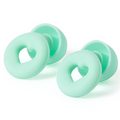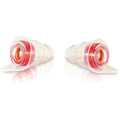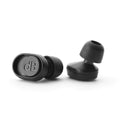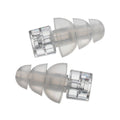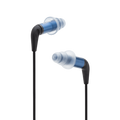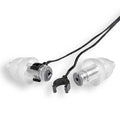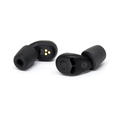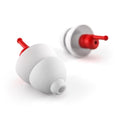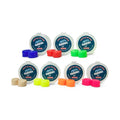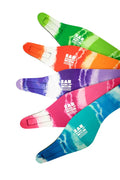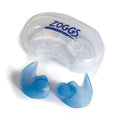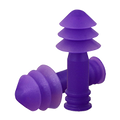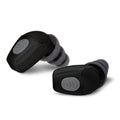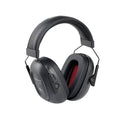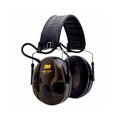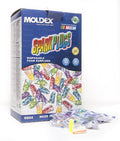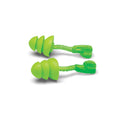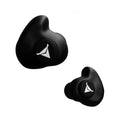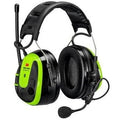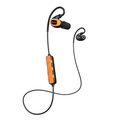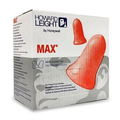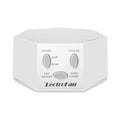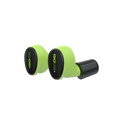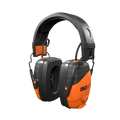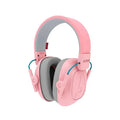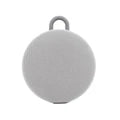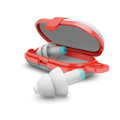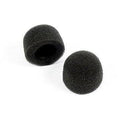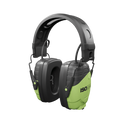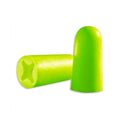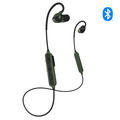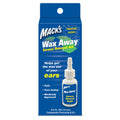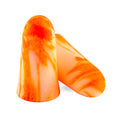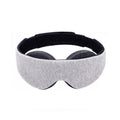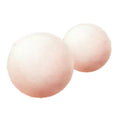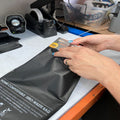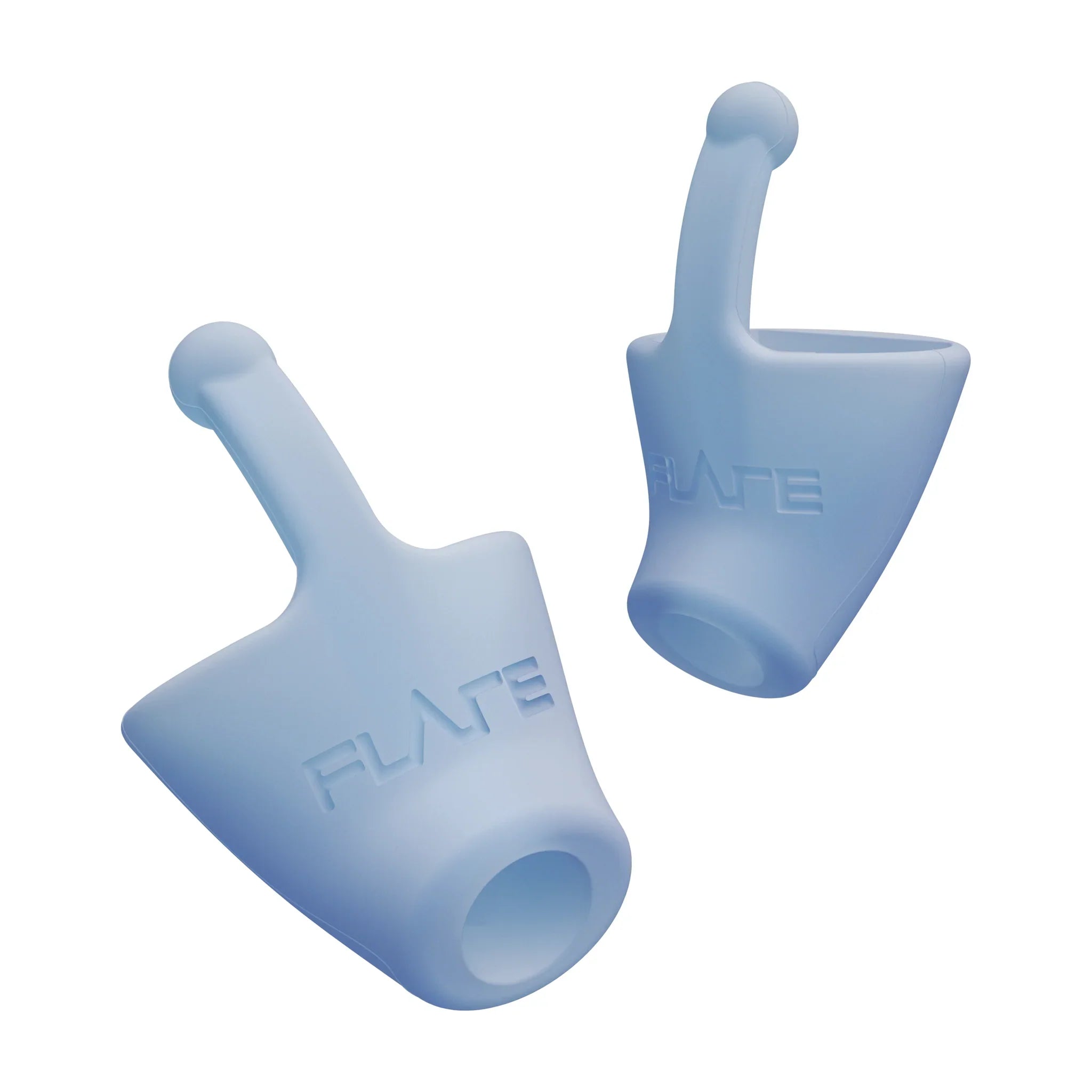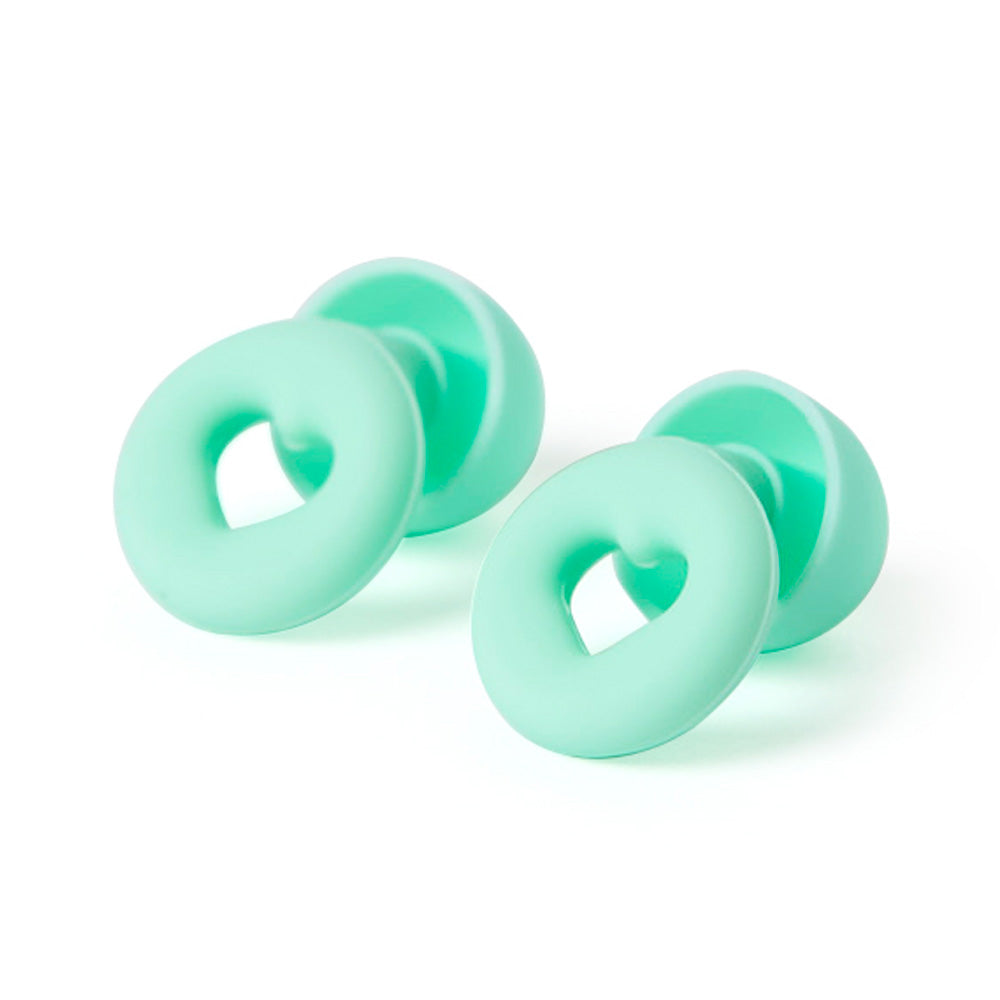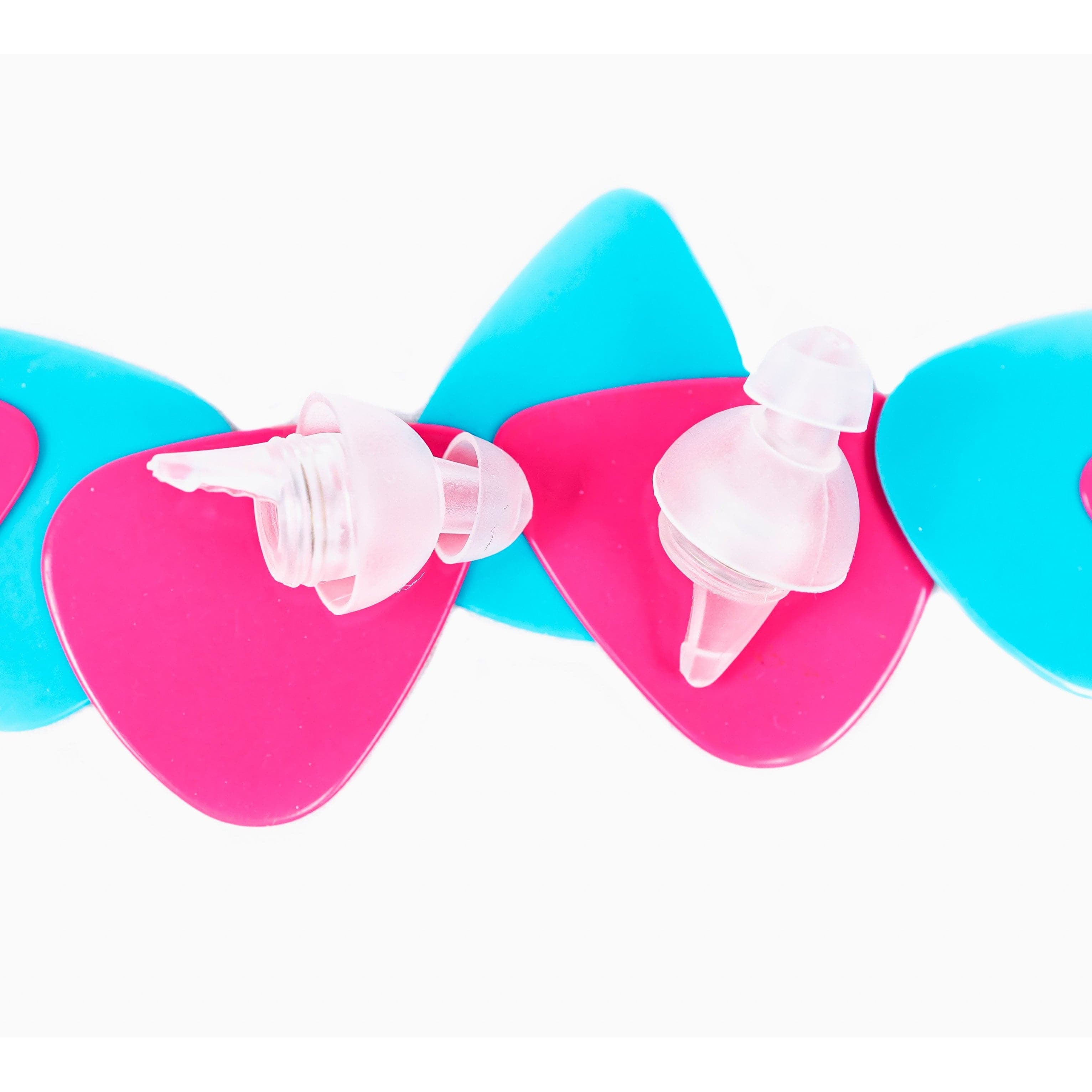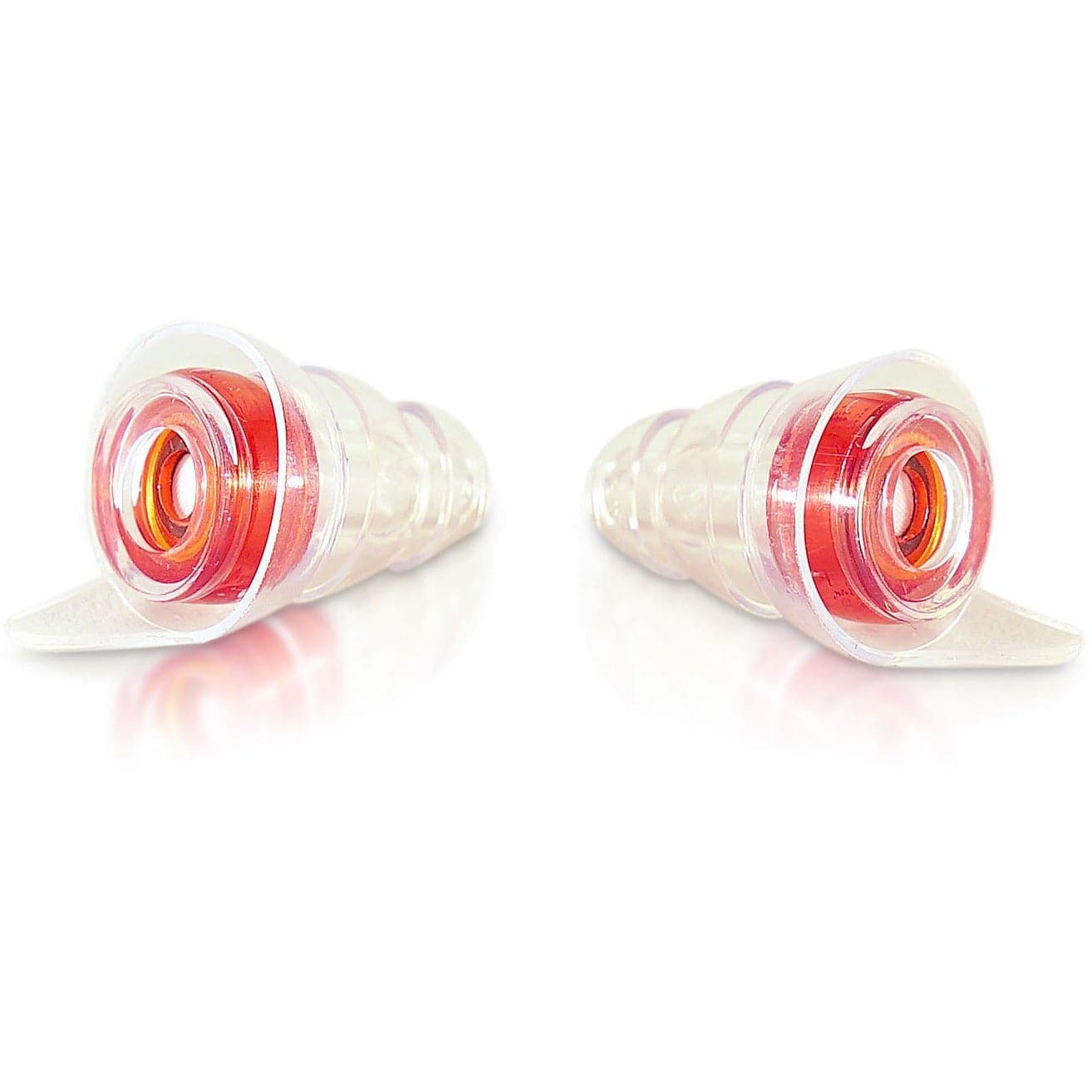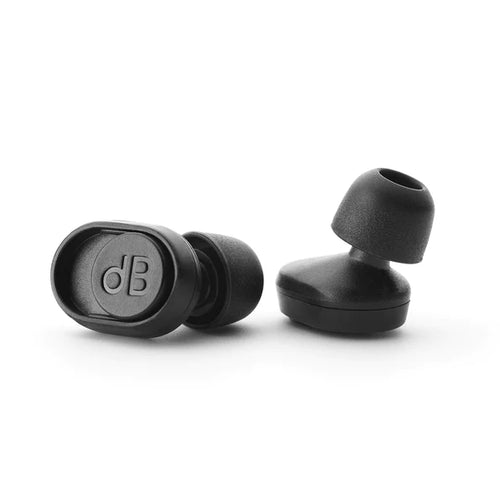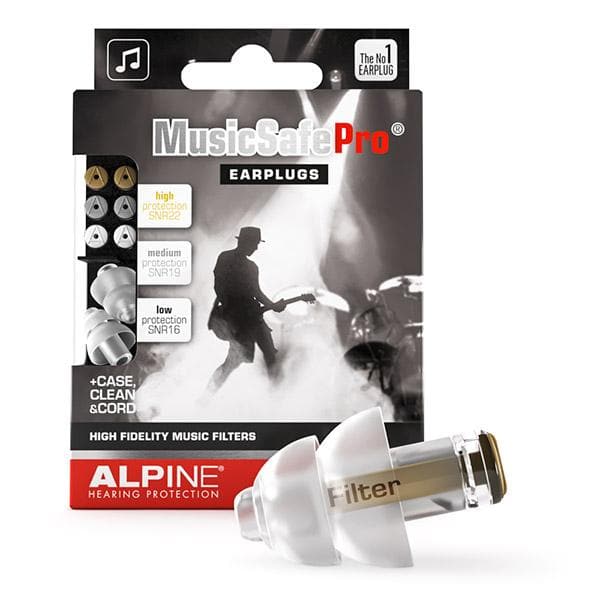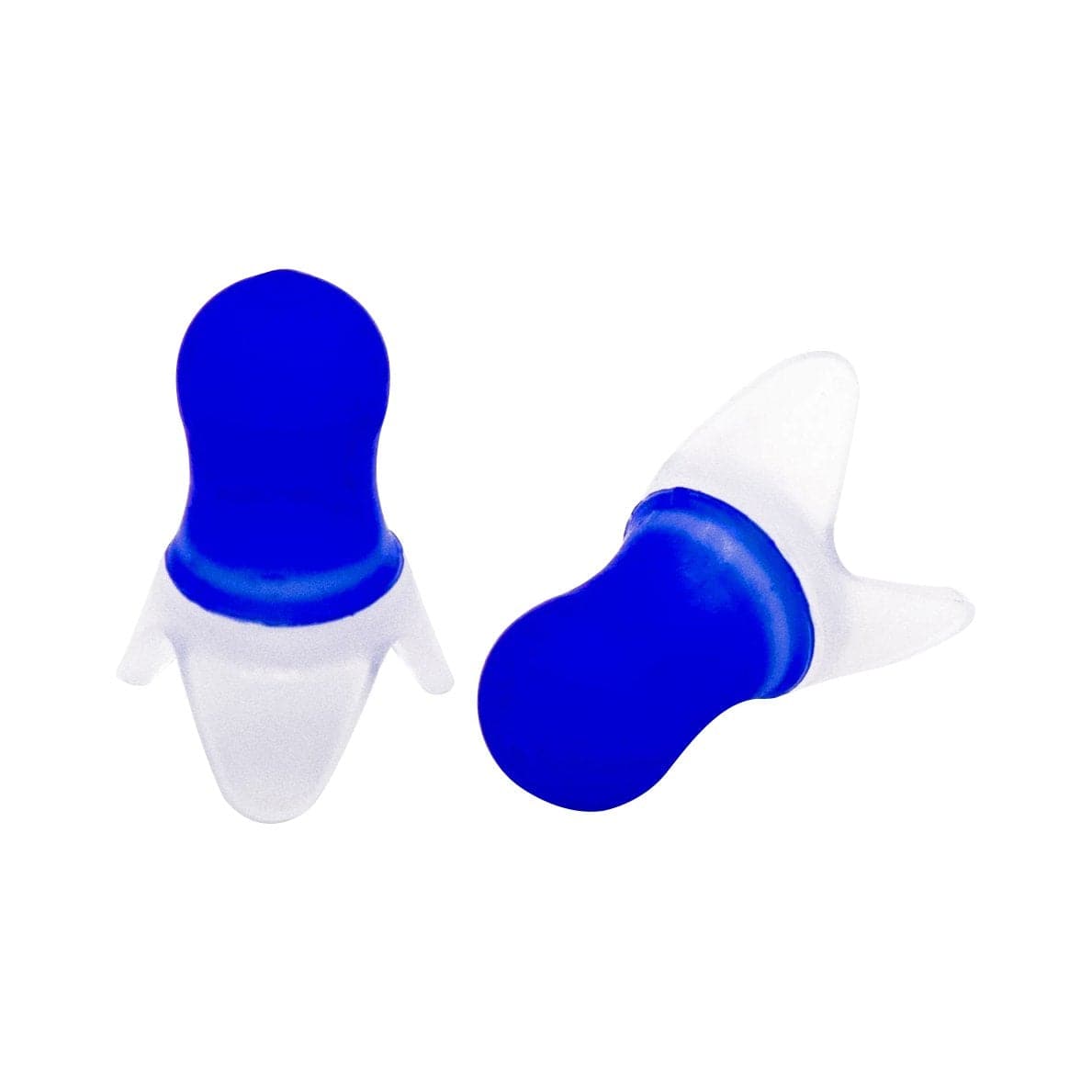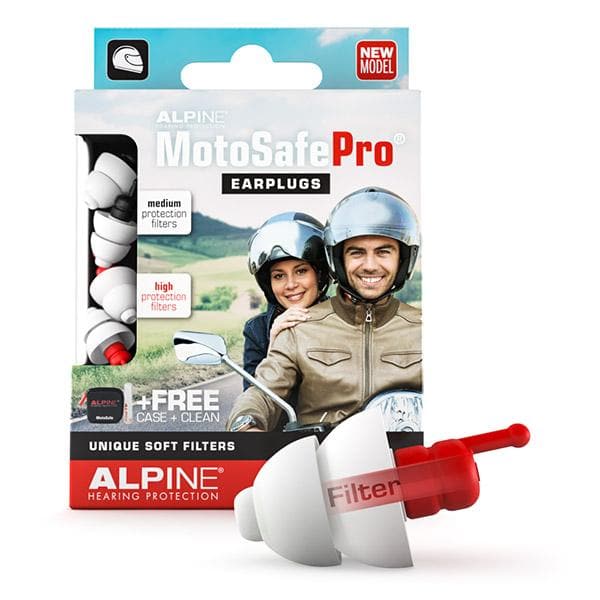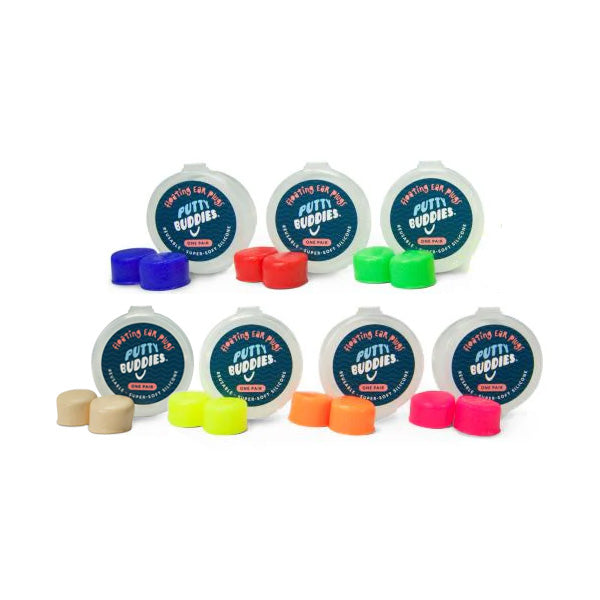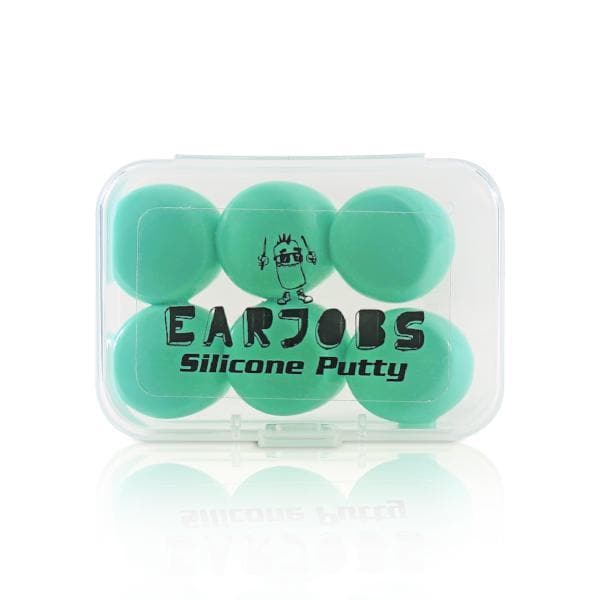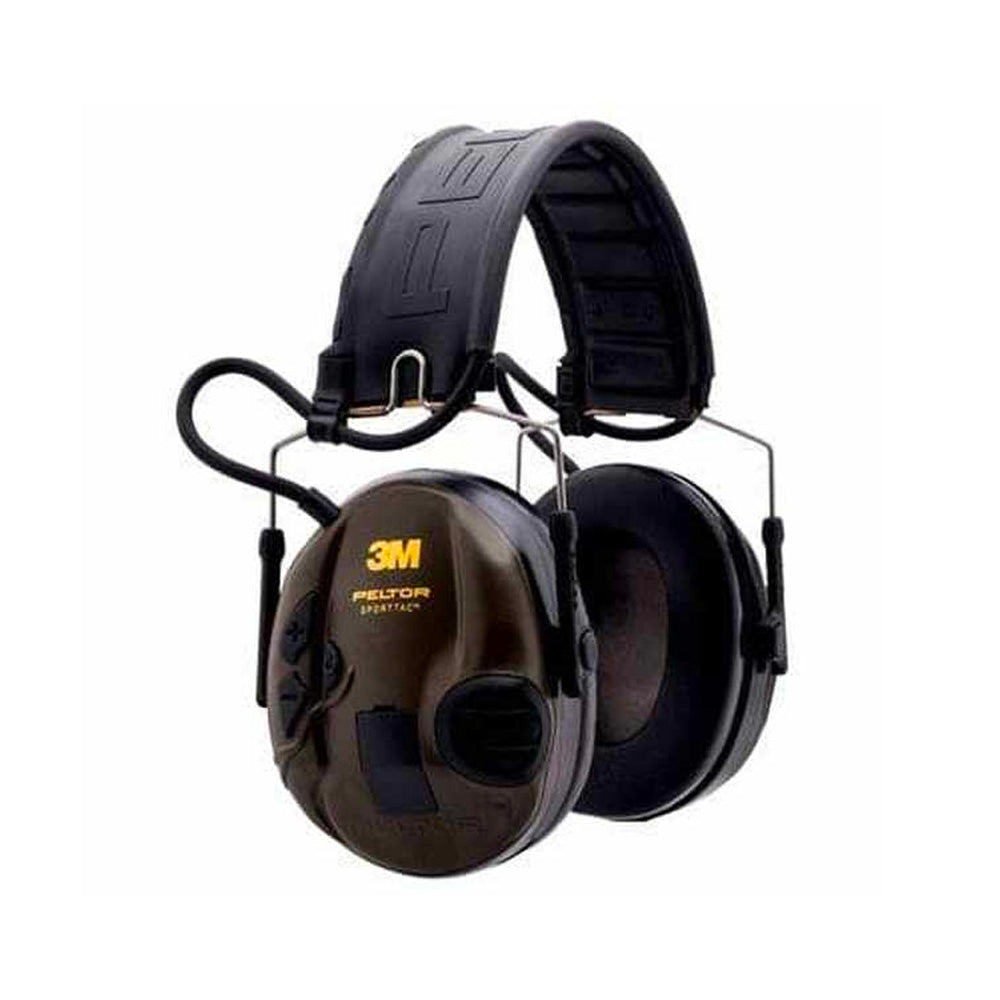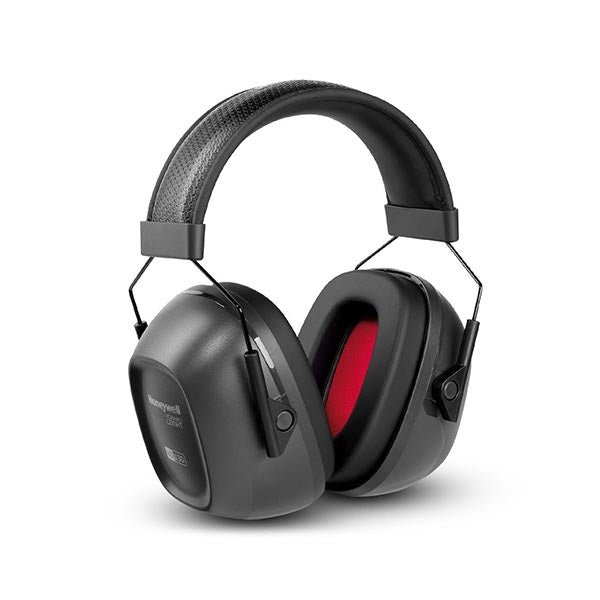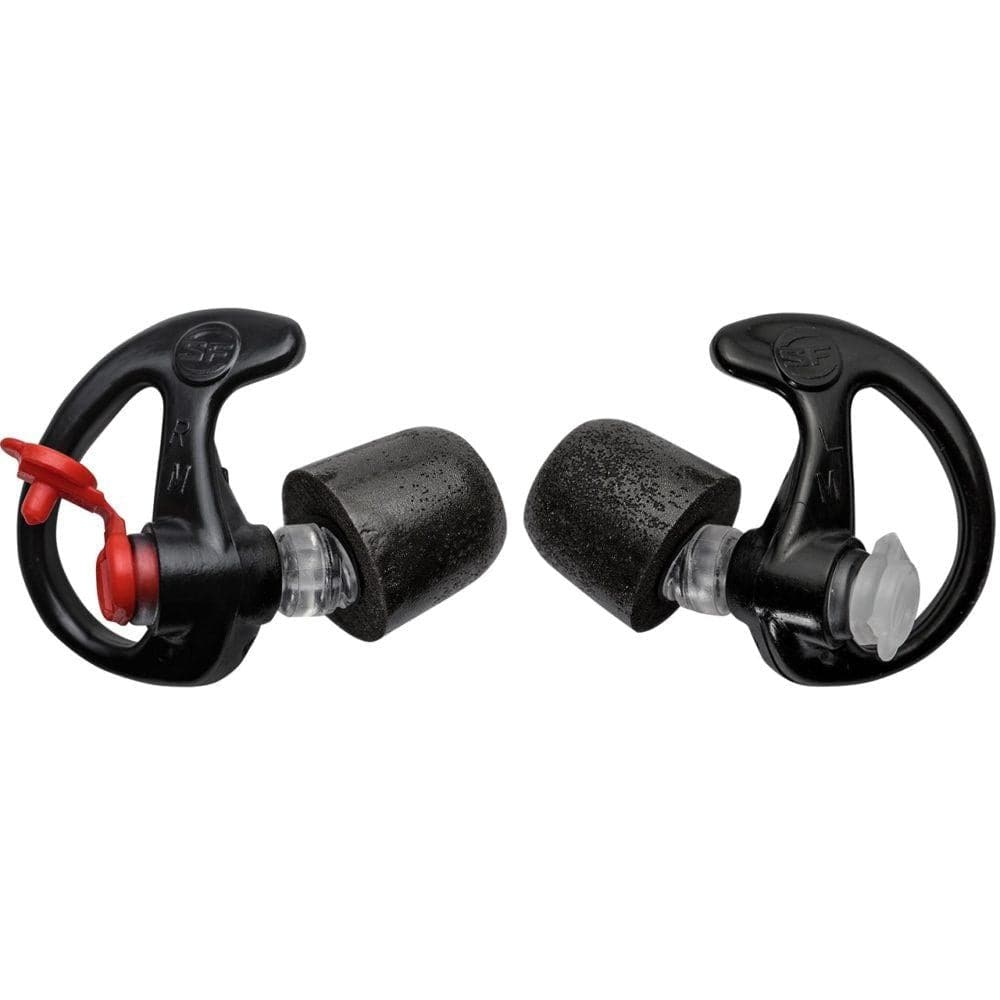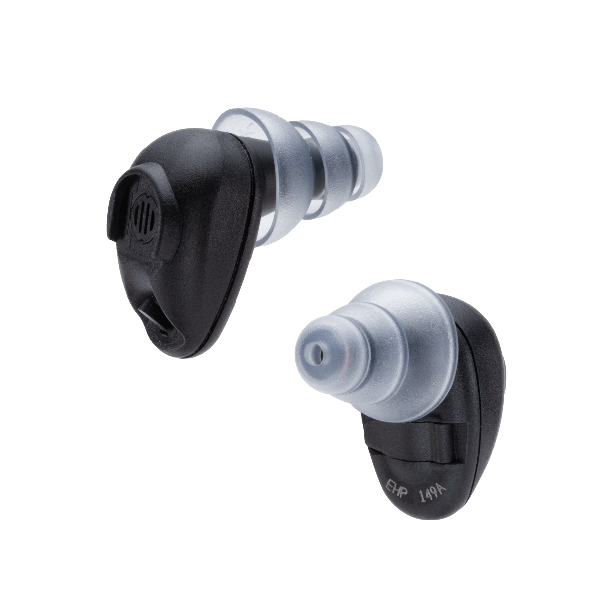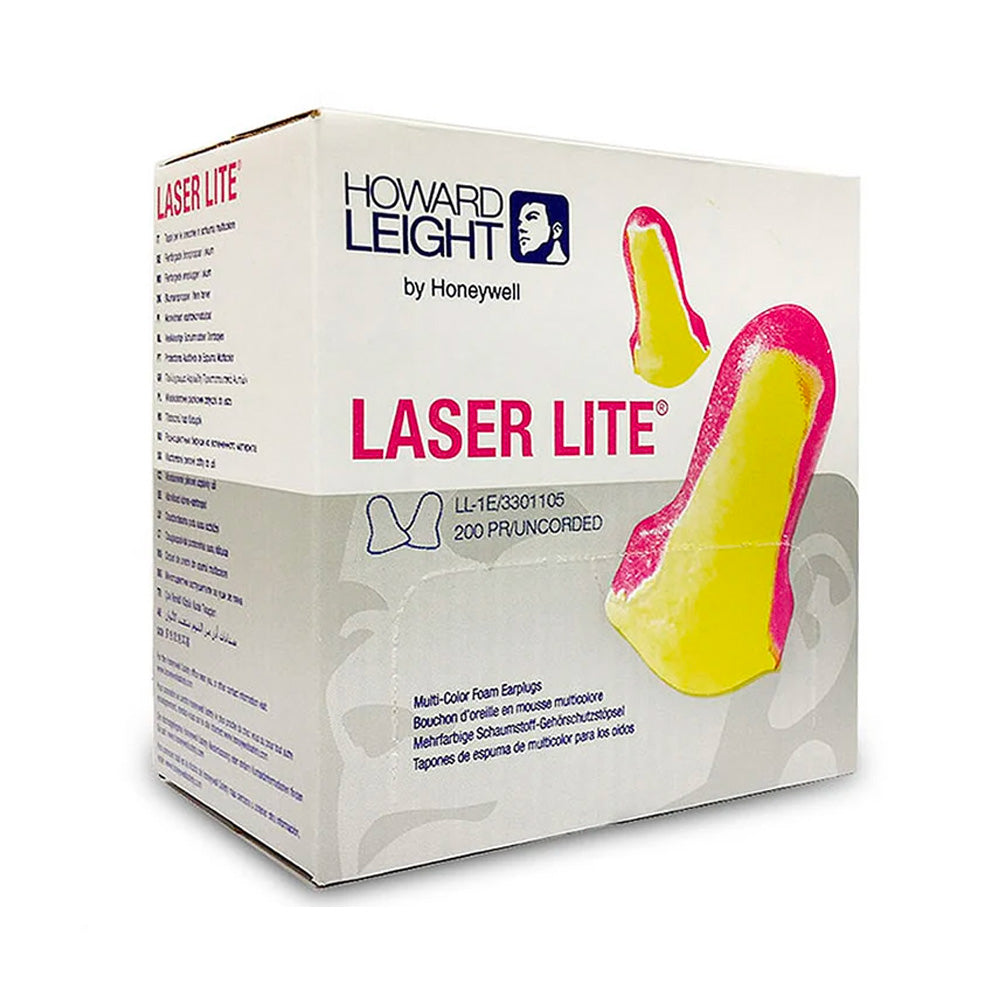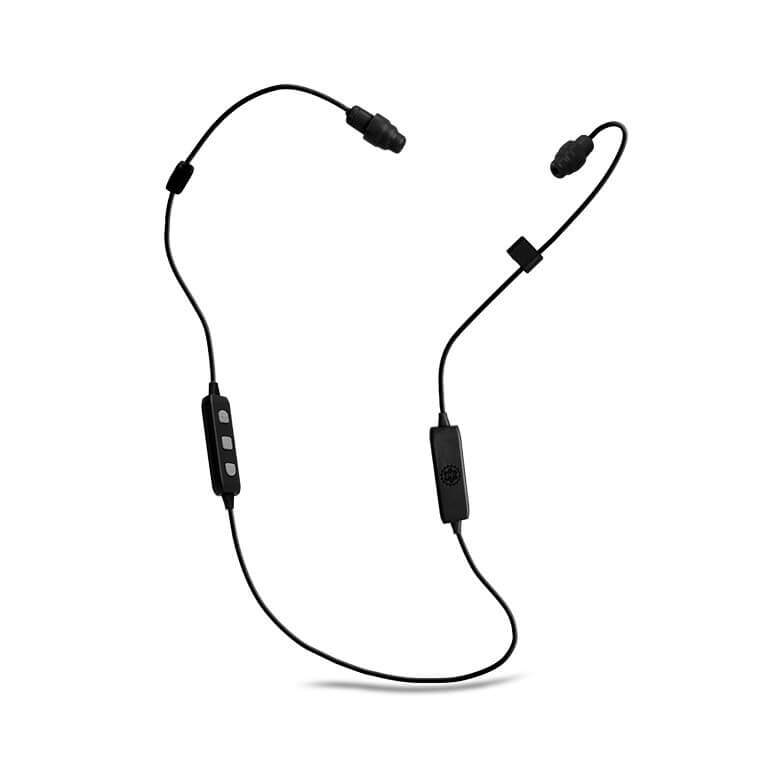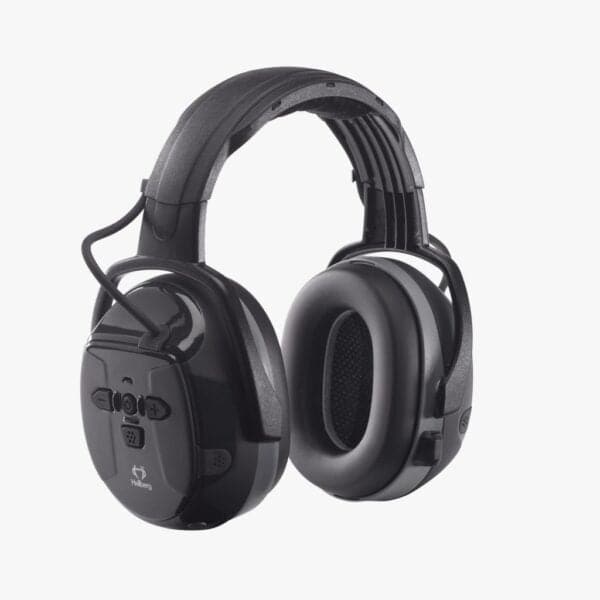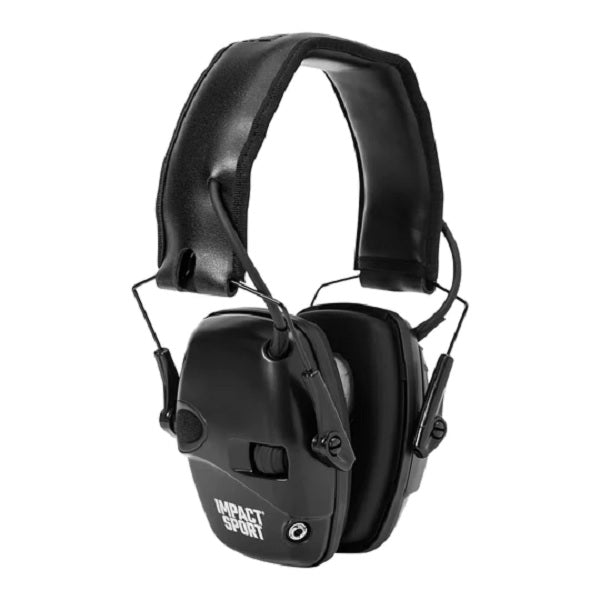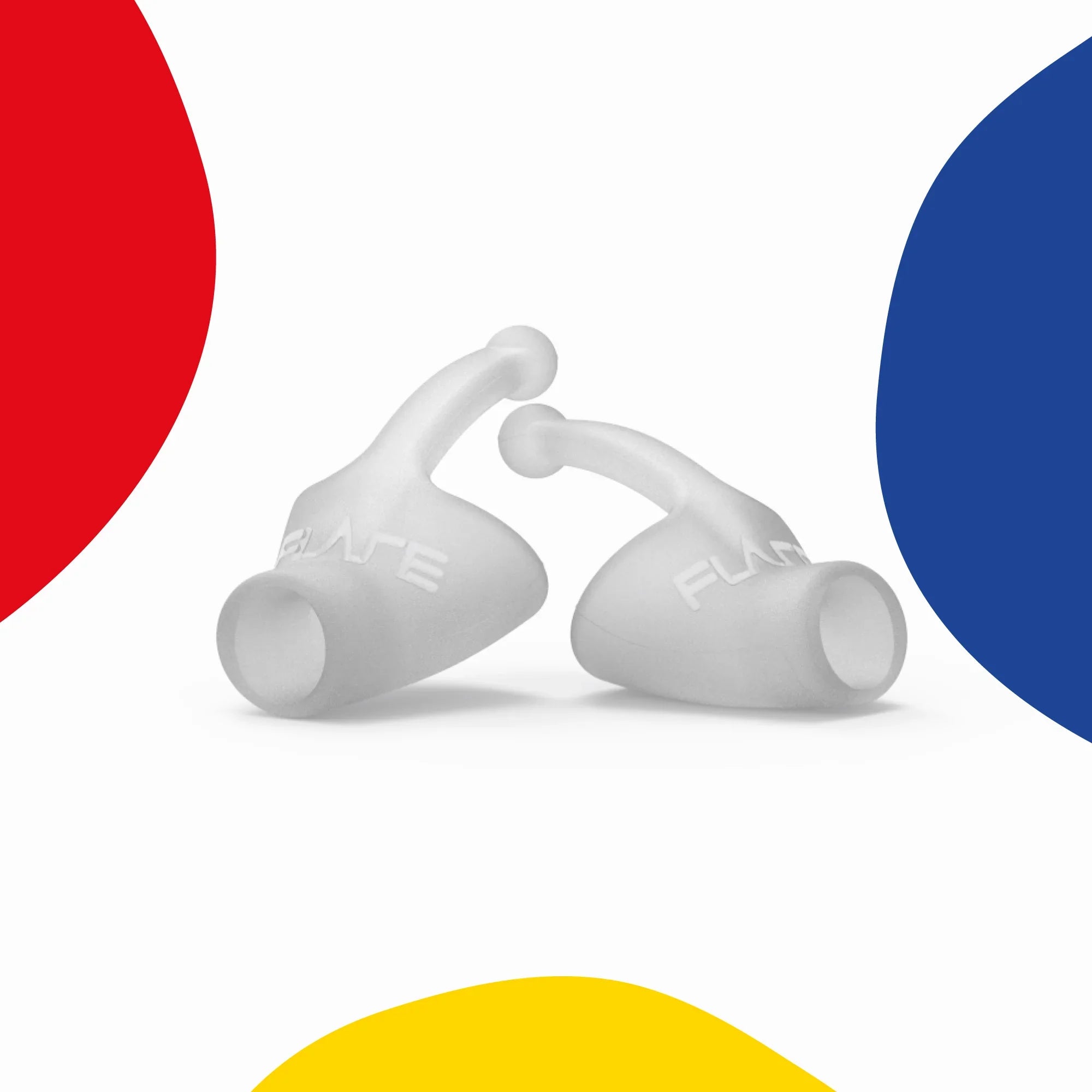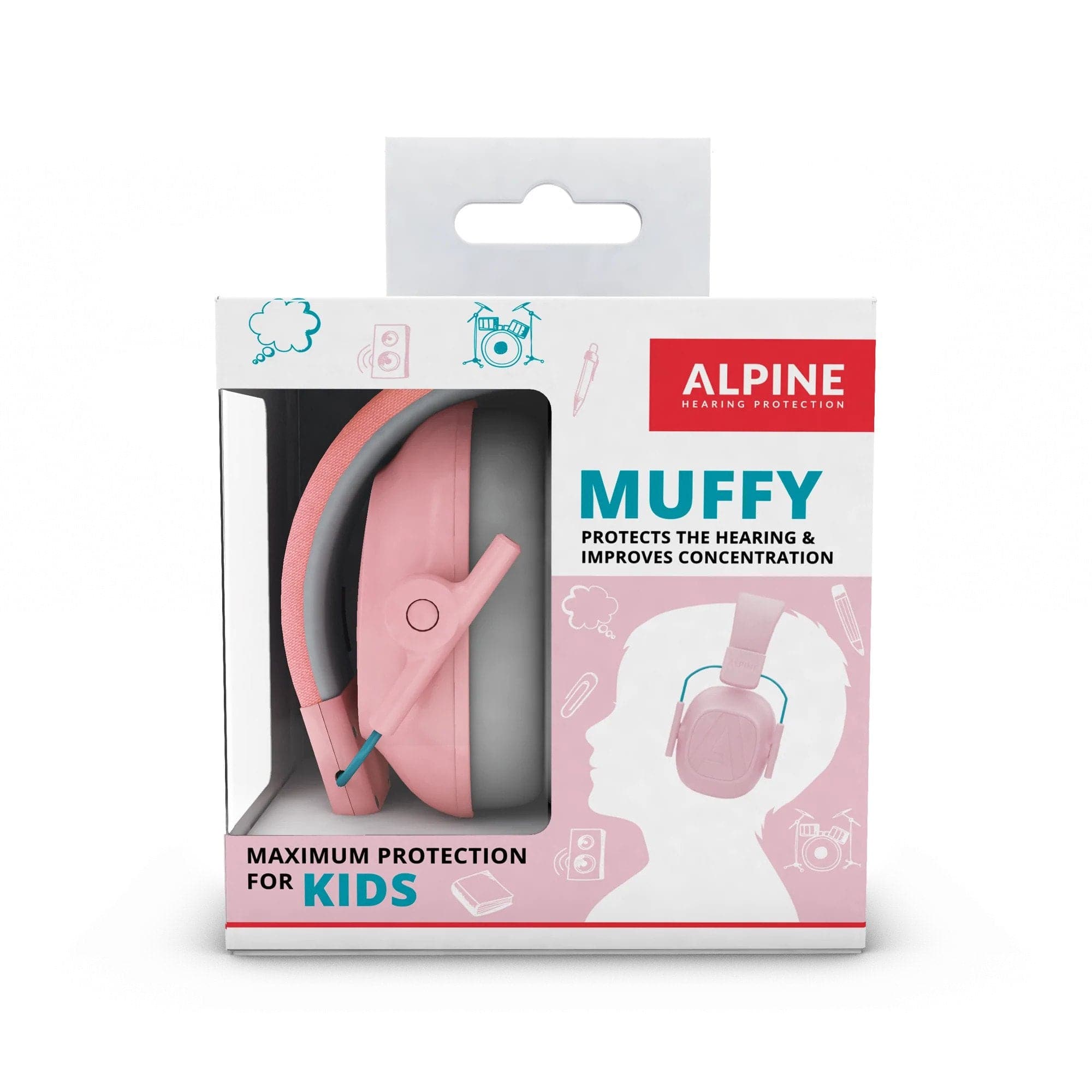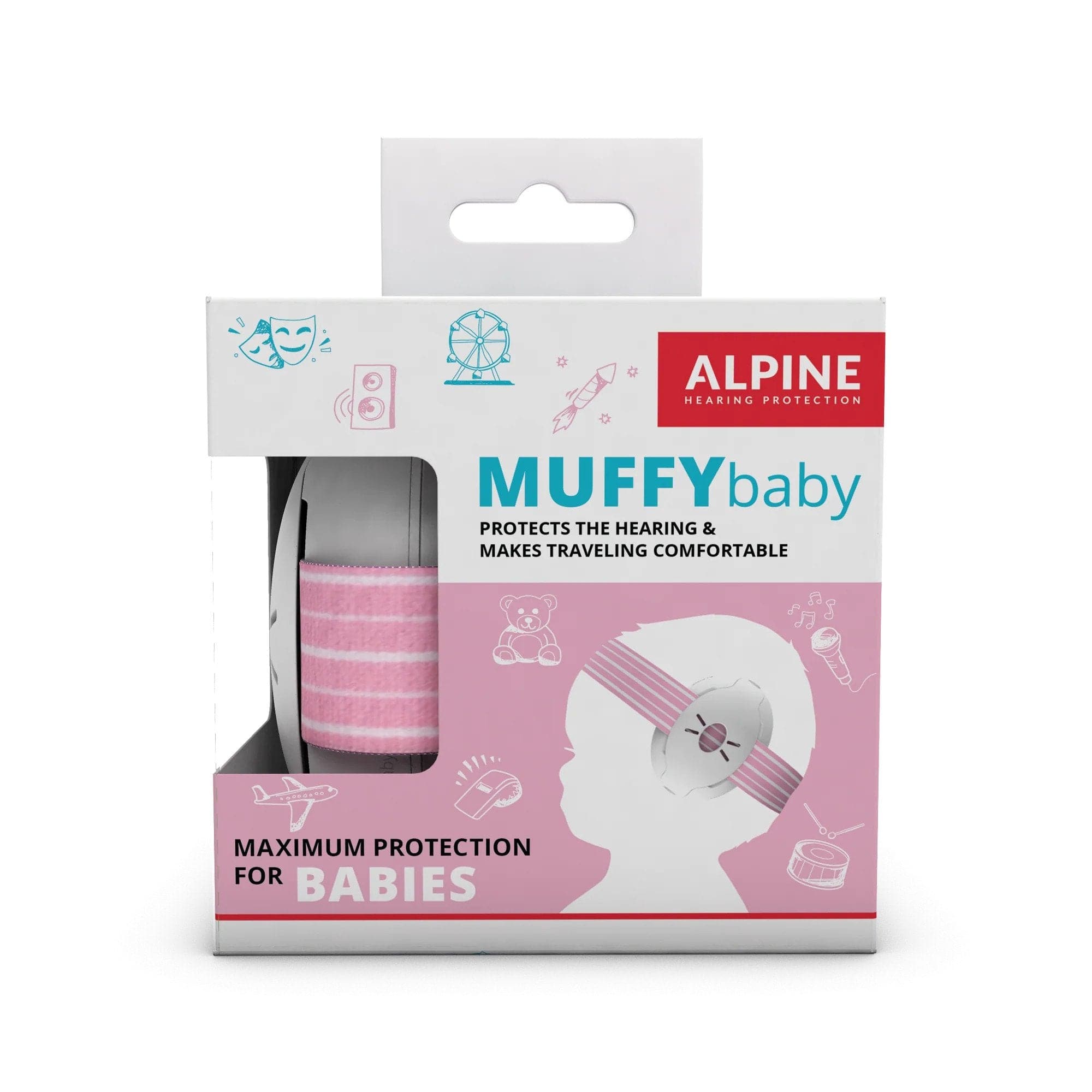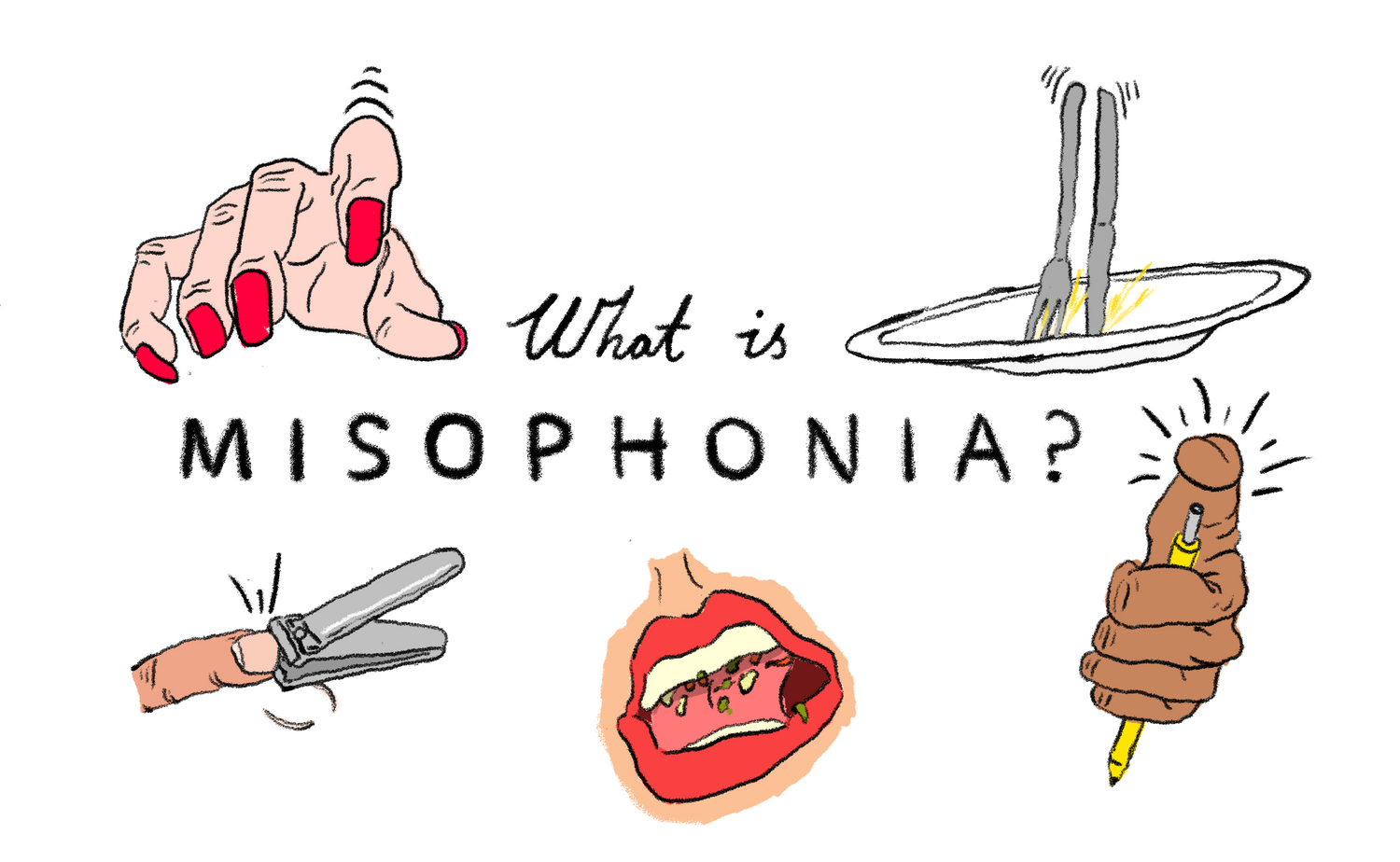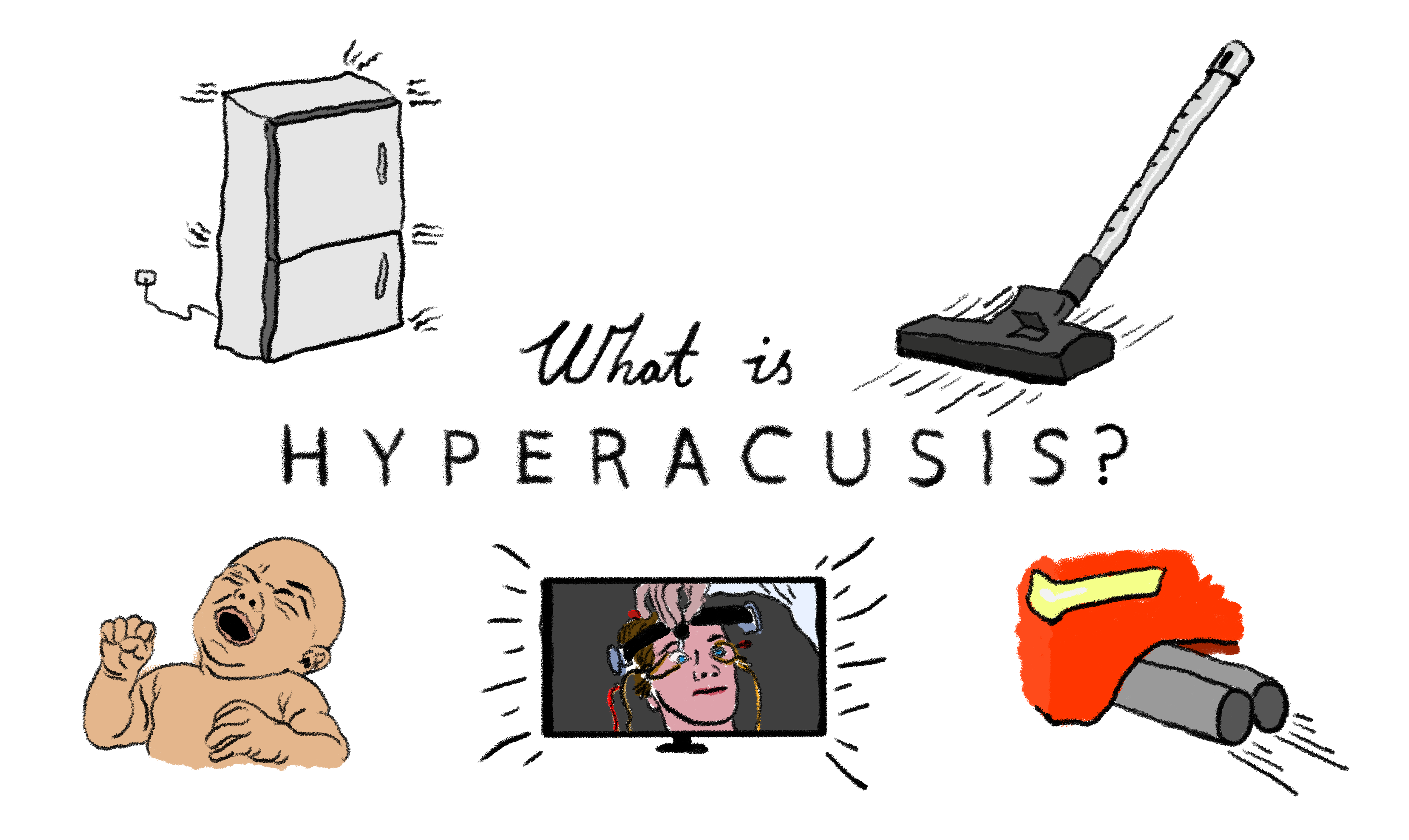Do certain sounds make you feel like you're going crazy? Are there certain noises that just 'get' you? The clatter of cutlery, shattering glass, your neighbour's engine backfiring. If there are sounds out there that seem to raise your blood pressure, get your heart beating, or just activate a sudden feeling of stress or anxiety, you may have misophonia.
A simple definition: misophona is a condition where sounds can cause sudden, negative emotional or physiological reactions. Importantly, misophonia is best understood as a 'subjective' condition -- the sounds that trigger your response are usually ones that people around you might not notice or might not be bothered by. There is usually a significant difference between the strength of your reaction and those around you.
How can I tell?
The best way to determine whether you have misophonia is to pay careful attention to the signals your body presents you with when you’re faced with a triggering noise. Common symptoms experienced by misophonia sufferers include:
- A feeling of panic or distress in the absence of any threat.
- A sudden feeling of anger or outrage.
- Sudden rise in heartbeat.
- Taste of adrenaline in your mouth.
- Sweats.
While misophona is sometimes confused with hyperacusis, hyperacusis is an increased sensitivity to noise (i.e. certain sounds seem ‘louder’ and more disruptive to the listener). By contrast, misophonia attacks can happen even when the trigger noise is quiet, and does not necessarily involve subjectively hearing sounds as louder than they are. Some common examples of misophonia triggers include:
- Clattering or shattering noises, such as those made by metal or class.
- Oral noises, such as smacking lips, heavy breathing, or chewing.
- Environmental noises, such as rain.
What causes it?
Unlike other sensory conditions — such as tinnitus or hyperacusis — misophonia isn’t typically caused by environmental factors. Instead, it’s usually an innate condition that sufferers begin to recognise in early childhood and deal with throughout life. If you can remember that certain sounds have always distressed or upset you, it’s far more likely that you have misophonia than other hearing conditions.
How do I treat it?
The best management for misophonia involves identifying and avoiding environmental causes where possible. However, for certain triggers — such as a baby’s cry — it’s difficult or impossible to avoid. Instead, it’s recommended that a variety of hearing protection is trialled to identify a level of protection that keeps you safe from the noises, without impeding quality of life. For many people, a subtle pair of ear plugs actually improve their life — by allowing them to be more resilient in the face of their triggers.
As a starting point, the Flare Calmer has some evidence as being an appropriate support for some misophonia sufferers. It works by ‘softening’ the entrance of sound waves into the ear. The suspicion is that this distortion is what triggers the fight-or-flight response we associate with misophonia, so treating that can be a way of minimising attacks. The Calmer isn’t an ear plug — it doesn’t block any sound — so it’s a great first option particularly if you are worried about blocking noise.
As a step up, a medium strength musician’s plug can be a great solution (check out the MusicMate Pro). These work by cutting down ambient noise by about 23 decibels, with acoustic filters that still let you hear speech and your surroundings. By cutting sound down, the triggers are often sufficiently damp to avoid attacks.
Final word
Misophonia can be an isolating and painful condition that can have a significant impact on a sufferer’s social life and emotional wellbeing. With the right set of hearing protection, you can get on top of your triggers and restore your confidence and quality of life.
Sources:
https://www.webmd.com/mental-health/what-is-misophonia
https://www.health.harvard.edu/blog/misophonia-sounds-really-make-crazy-2017042111534

